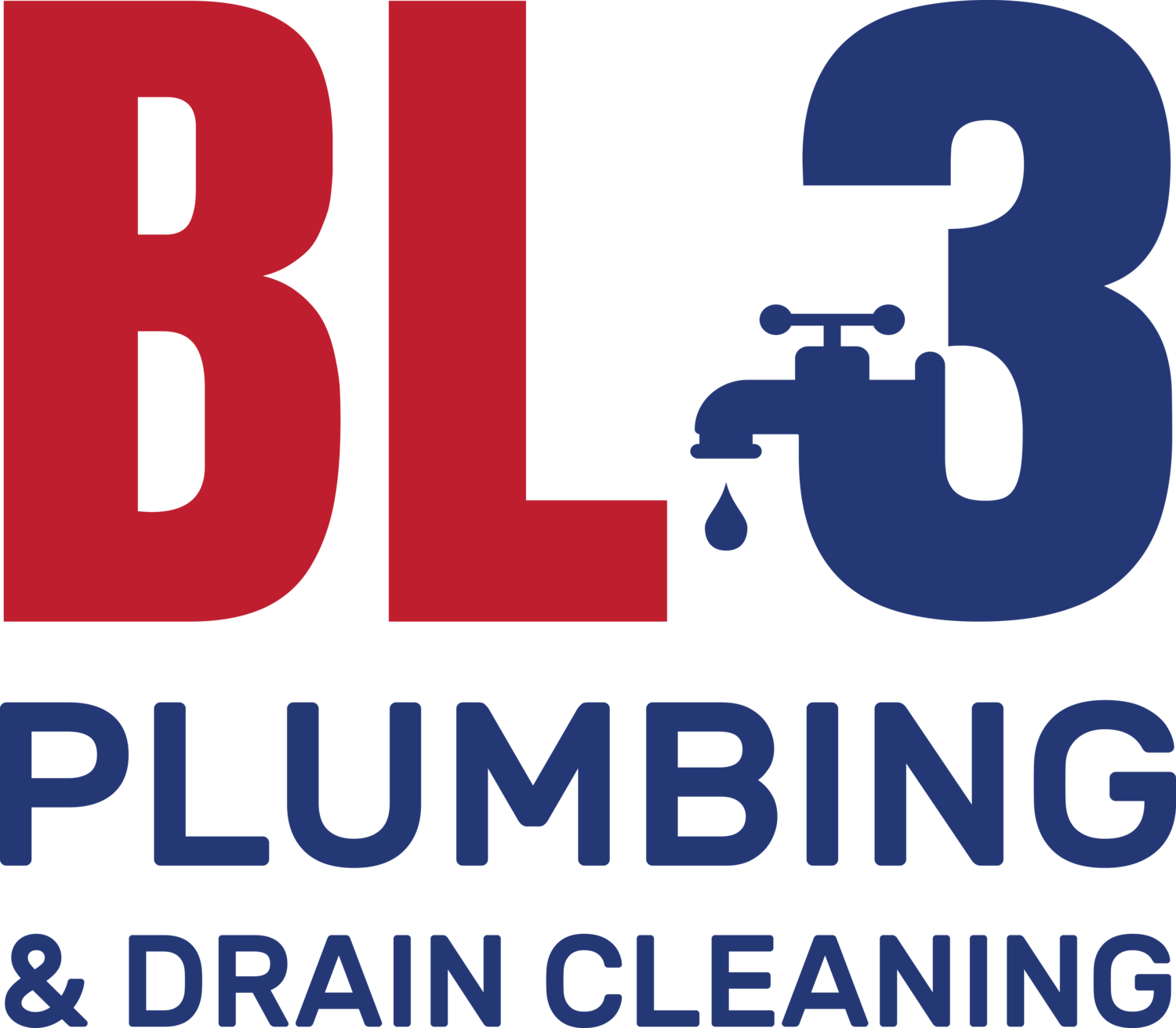All homes have the occasional plumbing problem, and not every issue needs a professional like changing a showerhead or doing a minor fix to a pipe. However, doing your plumbing work comes with some risk. We want you to know the common mistakes so you can avoid them.
Mistake #1: Forgetting to turn off the water
Regardless if your repair is major or minor, it is important you first step be turning off the water to your home. Forgetting this crucial step causes an unnecessary mess, and creates additional pressure on the pipes in your home. This may be a simple step, but if you skip it, the pipe will turn into a sprinkler system in your kitchen or bathroom. There should be a main valve to your home located on the outside of the water meter.
Mistake #2: Mismatched pipes
Choosing pipes that are different sizes and just “making it work” could cost you big in the long run. Mismatched pipes are more likely to leak and corrode. Pipe measurements are precise. If the pipe is too big, it won’t flush correctly, and a pipe too small could result in clogging. The size also affects water pressure. So, what are your options when it comes to the plumbing in your home?
PVC pipe is often used as the main supply to the house, but not in the kitchen because it can’t handle temperatures over 140 degrees.
PEX tubing is flexible and cost-effective. It's used in most modern installations and can handle both hot and cold temperatures.
Grey polybutylene is rarely used in new homes because it has a tendency to split.
Acrylonitrile butadiene styrene is often used outdoors and for drainage, waste or vent pipes. Most building codes do not allow this type pipe, so it is rare in homes.
High-density polyethylene is one of the toughest options available.
Chlorinated polyvinyl chloride is more flexible than PVC. It is often used by industries and to carry drinking water.
Copper comes in two sizes: M (used in most home projects) and L (generally underground)
Note: It's also important that fixtures are compatible with your pipes.
Mistake #3: Mixing different materials
Similar to mismatched pipes, using different materials can cause more problems than they fix. For example, attaching a galvanized pipe directly to a copper one will result in quick corrosion. If you do have different materials, the right connectors and adapters can help. Know your materials before you buy the piping and other pieces for your project.
Mistake #4: Bending the pipes
Pipes may seem solid and tough, but if you don’t use the right tools, it is possible to bend them out of shape. The wrench should connect in three different places, not two. Using this strategy will prevent any deformations, and keep you from having to purchase more pipes.
Mistake #5: Scratching fixtures
Most fixtures are chrome plated, which means any scratch will be very noticeable. Using a regular wrench is the typical culprit. As you attempt to tighten or loosen the tool, it slips leaving unsightly damage.
It's better to use a strap wrench. It uses a rubber strap rather than metal teeth, which protects your fixture while you secure it in place.
Mistake #6: Creating too much slope
It might seem logical to think a steeper slope is better for drainage. Technically, the water will flow faster. However, the larger materials you want to go down the drain will not be flushed correctly.
Mistake #7: Not calling the experts
You need to know when it is time to put down the wrench and call a professional. Maybe you successfully deconstructed your pipes behind your toilet or under the sink, but now you don’t know how to get them back together. If you find yourself in some deep water, we are ready to help. Give us a call at (405) 237-1414 to schedule an estimate.
Have a clogged drain? Download the Ultimate Guide to Clogged Drains to get your pipes moving again.


